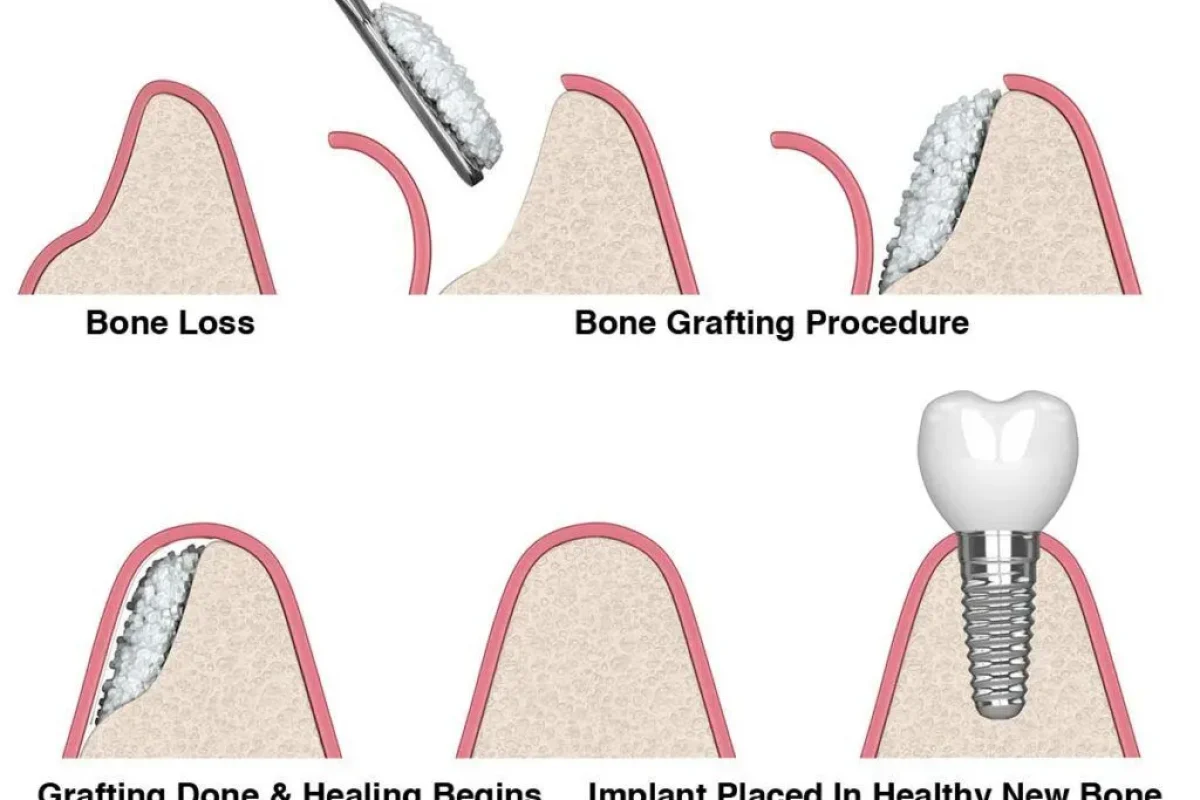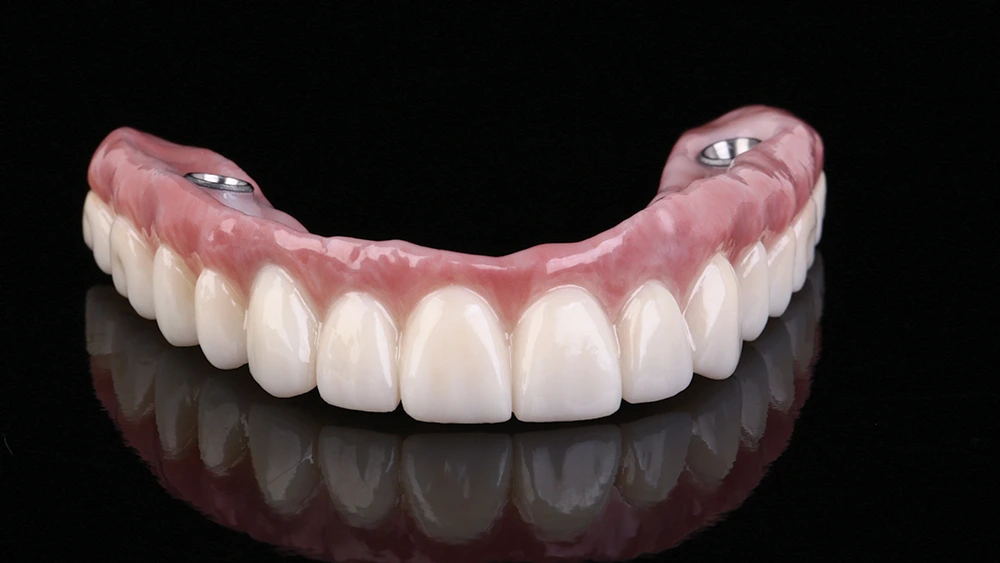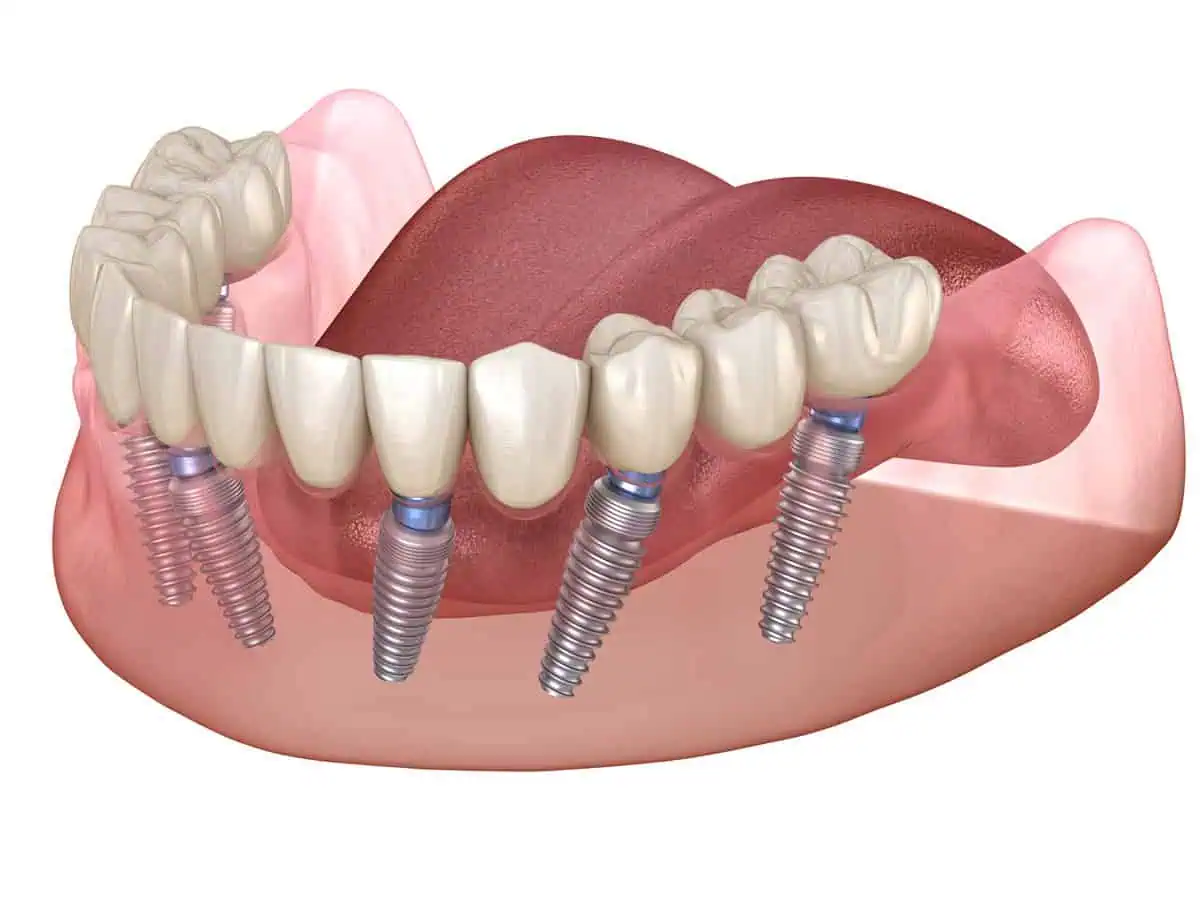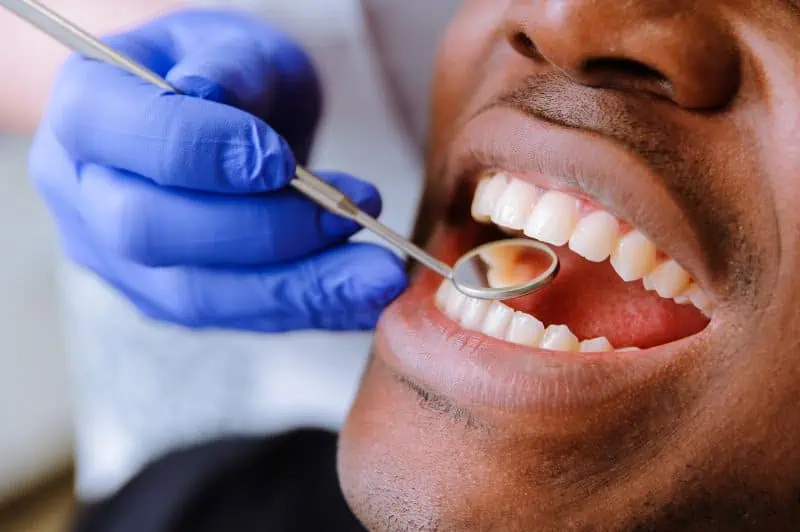Table of Contents
How Does A Bone Graft Work?
A bone graft for teeth is a procedure commonly used in dentistry to address issues related to bone loss in the jaw, often in preparation for dental implants. Here’s a simplified explanation of how a bone graft works for teeth:
- Assessment: Before the bone graft, your dentist will assess the condition of your jawbone using imaging techniques like X-rays. If there’s insufficient bone to support a dental implant, a bone graft may be recommended.
- Material Selection: The grafting material can be obtained from various sources. It may come from your own body (autograft), a human tissue bank (allograft), an animal tissue bank (xenograft), or it could be synthetic (alloplast). The choice depends on the specific needs of the patient.
- Grafting Procedure: During the grafting procedure, the selected bone material is placed in the area of the jaw where additional support is needed. This can involve making a small incision in the gum to access the bone.
- Integration with Existing Bone: Over time, the cells from the graft material integrate with the existing bone in your jaw. This process, known as osseointegration, is crucial for the success of the bone graft. It ensures that the new bone becomes a natural part of your jaw structure.
- Healing and Preparation for Implants: After the bone graft, there is a healing period during which the graft material fuses with your existing bone. Once the jaw has healed and gained sufficient strength, it becomes a suitable foundation for dental implants.
- Dental Implant Placement: Following successful integration, your dentist can proceed with the placement of dental implants. The implants serve as artificial tooth roots and are anchored securely in the newly strengthened jawbone.
- Final Restoration: After the implants have integrated with the bone, dental restorations such as crowns, bridges, or dentures are attached, completing the tooth replacement process.
Dental Bone Graft Procedure Process
Dental bone graft surgery typically begins with a consultation and evaluation, where the oral surgeon assesses the extent of bone loss through imaging. The procedure is conducted under local or general anesthesia, depending on the complexity of the surgery. After numbing the area, the surgeon makes a small incision in the gum tissue to access the jawbone.
The chosen bone graft material, whether autograft, allograft, xenograft, or alloplast, is then placed in the targeted area and secured in position with stitches. Following the graft placement, the incision is closed, and the healing process begins, during which the graft integrates with the existing bone.
Patients receive postoperative care instructions, and follow-up appointments are scheduled to monitor the progress and determine the readiness for additional procedures like dental implant placement. The overall success of dental bone graft surgery hinges on proper integration and the patient’s adherence to postoperative care guidelines.
If you’re considering dental implants or other procedures that may involve bone grafting, Dr. Phil Gordon will assess your specific needs and discuss the appropriateness of a bone graft based on your oral health and treatment plan.
Click the link for more information on Bone Grafting.
The post What Happens During A Dental Bone Graft? appeared first on Gordon Dental Implants & Cosmetics.





